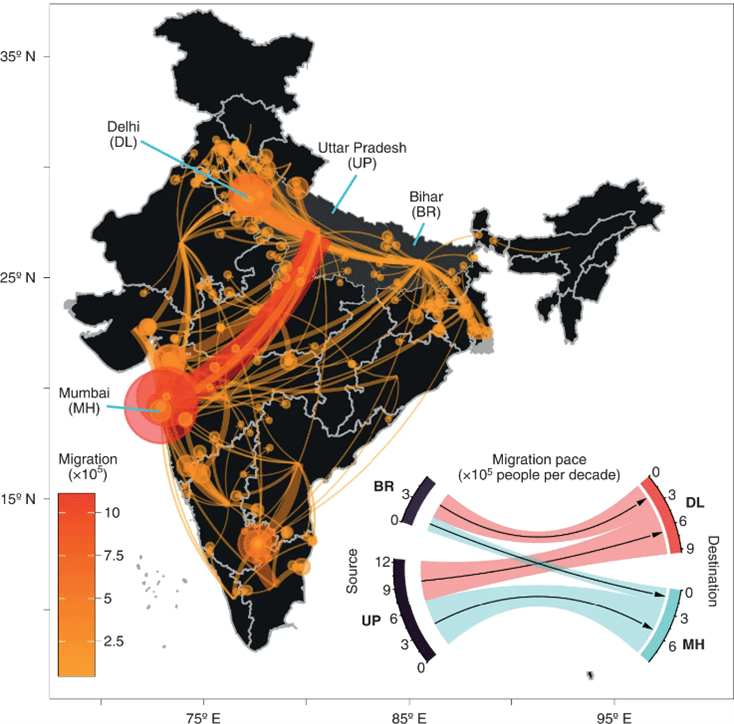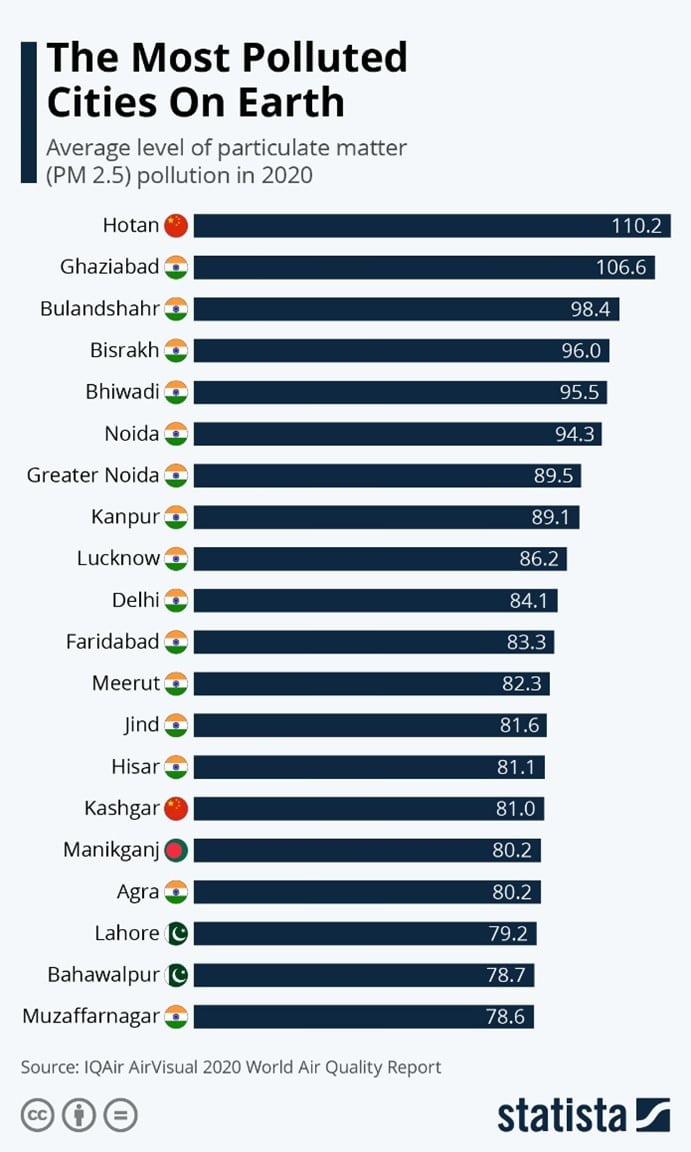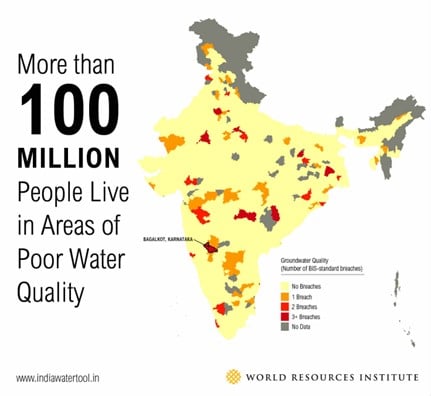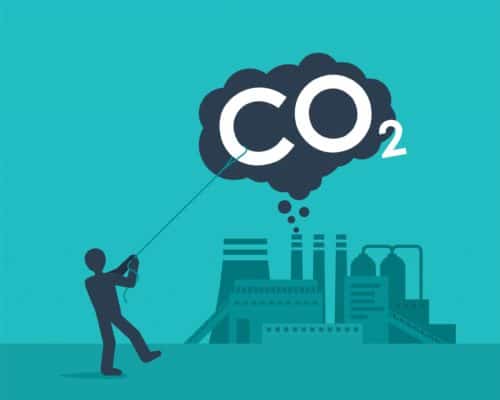5 Biggest Environmental Issues In India and Solutions
Source: NPR
14 August 2024 – by Eric Koons
Environmental issues in India are escalating at an alarming rate. From suffocating air pollution in its cities to widespread water contamination and increasing soil erosion, the environmental challenges are profound and pervasive.
These issues not only endanger the health and livelihoods of millions of Indians but also pose a significant barrier to sustainable development and the country’s GDP growth. They increase income and social inequality, forcing people to migrate from rural areas to cities at a growing rate. This exacerbates issues in cities that lack the infrastructure to handle the growth. India’s greenhouse gas emissions are very high, and it is prone to natural disasters and extreme weather events. It’s population and economic growth also contributed to environmental degradation. Indian government should take more significant steps to address environmental issues.

Tackling these pressing environmental issues is a core component of how the country can continue to increase its standard of living and support its rapidly growing economy.
What Are the Major Environmental Problems in India?
The following are the major environmental issues in India:
1. Global Warming
Climate change is a global concern that creates and exacerbates existing environmental issues in India.
In recent years, India has experienced some of the hottest temperatures on record, leading to devastating heatwaves. For example, March 2022 was 5oC-8oC hotter than average, severely impacting agriculture and public health. Heatwaves alone cost the country 8% of its GDP in 2022 through reduced agricultural yields, lost labour hours and healthcare costs.
Furthermore, heatwaves increase water scarcity, posing a significant threat to food security and the population’s well-being. The IPCC warns that India will face some of the highest costs from climate change impacts, with economic losses reaching up to 35% of the country’s GDP by 2100.
2. Air Pollution
Air pollution in India is a critical issue, with major cities like Delhi frequently recording some of the worst air quality levels globally. As a result, 100% of India’s population is exposed to unhealthy levels of air pollution during the year. Sources of air pollution include burning fossil fuels, vehicular emissions, industrial activities and agricultural practices like crop burning.

According to the 2021 World Air Quality Report, 63 of the world’s 100 most polluted cities are in India, with high levels of particulate matter contributing to severe respiratory and cardiovascular diseases. This leads to significant economic and health costs. A study by Boston College estimates air pollution cost India USD 36.8 billion in 2019 and resulted in 1.67 million deaths – the highest of any country.
3. Water Pollution
Water pollution remains a significant challenge, with nearly 70% of the country’s surface water considered polluted. This is due to a combination of industrial discharge, untreated sewage, garbage and agricultural runoff. Only 28% of sewage in India is treated before being released. For example, the Ganges River is one of the world’s largest rivers and one of the most polluted, taking in over a billion gallons (3.8 billion litres) of waste every day. Over 400 million people rely on the river for drinking water and to support their work.

These impacts have serious implications for public health and aquatic ecosystems. Over 37 million people are impacted by waterborne disease with countless working hours lost, resulting in an economic burden of USD 6.7-8.7 billion annually. Groundwater sees similar impacts, with 2 million people affected annually from groundwater contamination.
4. Soil Erosion
Soil erosion from deforestation, overgrazing, changing rainfall patterns and poor land management practices is a major environmental issue in India. It leads to the loss of fertile topsoil, reducing agricultural productivity and increasing the risk of floods and landslides. Estimates show that 30% of the country sees impacts of soil erosion, which leads to a loss of 21 tonnes of soil per hectare across the country.
5. Waste Management
India generates approximately 62 million metric tonnes of waste annually, and this figure is expected to rise significantly in the coming years. The country’s rapid urbanization and population growth make waste management challenging.
Currently, only about 69% of waste is collected, and only 19% of that is treated before disposal. The remaining waste is left untreated in open-air waste yards and often includes hazardous, plastic, and electronic waste. This waste breaks down and enters the air or leaches into soil and groundwater.
Additionally, the plastic waste crisis is particularly severe, with rivers like the Ganges carrying significant amounts of plastic debris into the ocean. Only around 8% of the country’s plastic waste is recycled.
Solution: Tackling the Environmental Issues in India
A multifaceted approach is essential to mitigate the environmental issues in India. The general approach should focus on reducing greenhouse gas emissions while promoting sustainable development practices. This includes enhancing renewable energy adoption, setting industry emissions caps, improving waste disposal and management systems and implementing sustainable agricultural practices.
This will largely hinge on government policy, which is largely considered lacklustre so far. However, collaboration between the government, private sector and society is critical in developing, implementing and following environmental-focused policy for a sustainable future. Improving the country’s sustainability-focused discourse is necessary to address these environmental changes and challenges and ensure a healthier environment for future generations.
by Eric Koons
Eric is a passionate environmental advocate that believes renewable energy is a key piece in meeting the world’s growing energy demands. He received an environmental science degree from the University of California and has worked to promote environmentally and socially sustainable practices since. Eric’s expertise extends across the environmental field, yet he maintains a strong focus on renewable energy. His work has been featured by leading environmental organizations, such as World Resources Institute and Hitachi ABB Power Grids.
Read more






